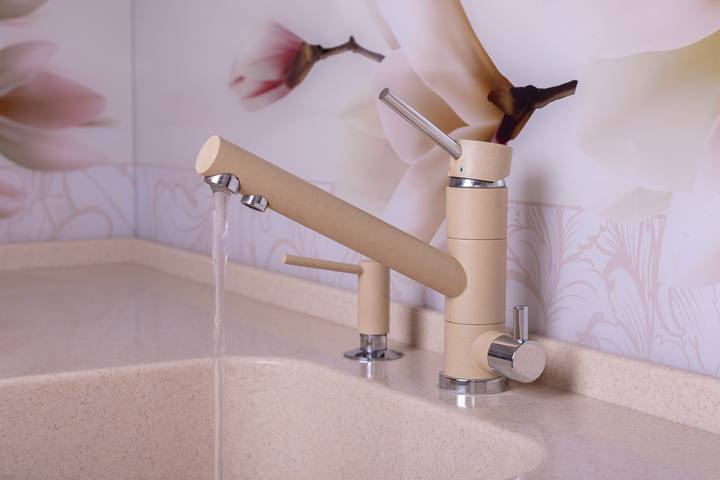
How to Fix Water Pressure in Bathroom Sink
Imagine you want to have a thrilling shower after a long day at work, but the water pressure in the bathroom doesn’t behave- annoying, right? Water pressure issues are common not only in the bathroom, but you shouldn’t get used to it.
You can agree that water issues are a nuisance, especially in the bathroom sink you use daily. The above are the most common causes and mechanisms to address these issues adequately. For complex problems or when you’re not sure about something, you can always contact a plumber to get it covered.
The good thing is they can be corrected through several measures, as discussed below.
Causes of Water Pressure
There are several possible causes of water pressure problems in the bathroom sink.
Partially Opened Shut-Off Valves
When the shut-off valves are partially open, less water will likely run through the bathroom sink. The valves may continue to close slowly instead of opening, further causing more water pressure deterioration. This should be among the few things to click your mind when the bathroom sink produces less water.
Faulty Water Restrictor
As the term suggests, water restrictors regulate the amount of water passing through the faucet in the sink. They do not function as they should when faulty, hence less pressure. It could be the restricting holes are clogged or too tiny.
The Water Aerator is Clogged
When the water aerator is clogged, it often causes low water pressure in the bathroom sink. This wire mesh-made component quickly collects dirt and debris, preventing free water passage in the long run. Rust and accumulation of minerals can also clog a water aerator.
Leaks
Another cause of water pressure issues in sinks is leaks in some parts of the plumbing system. Leaks generally affect the optimal flow of water depending on the intensity.
You can detect a prevailing leak by looking for moist/wet areas across the plumbing system. Internal leaks are exposed by mould growth or when the area feels extremely cold.
Consult a Professional
The grand way of fixing water issues is by contacting a plumber. Being professional, they can discover whatever reason behind the problems and advise accordingly. You can always engage them for further inspection if you are unsure about anything.
After a thorough inspection, a plumber can tell what should be done about it, help you purchase the suitable materials, and get the job done. It’s best to involve a qualified and experienced one to prevent recurrent water issues due to unprofessionalism.
Clean or Replace the Aerator
Cleaning the aerator is one technique for fixing water issues in the bathroom sink. As the faucet aerator continues to collect dirt and debris, it can easily clog, reducing the amount of water passing through it. That means there will be less water accessible through the bathroom sink.
You can address this by adequately removing and cleaning the aerator to eliminate the clogs. Depending on the intensity of clogging, some aerators may require a replacement with a new one for better functionality.
Check the Shut-Off Valves
Shut-off valves have a crucial influence on the water going through the bathroom sink. They are usually located below the sink and have a round top that allows rotation with a wrench or hand.
For instance, when they’re partially open, there will be less or no water depending on other factors. When experiencing water issues in your bathroom sink, checking if the valves are fully open is advisable.
Install a Pressure Regulator
A pressure regulator comes in handy when fixing water issues in sinks. The regulator is integrated into the plumbing system near the primary shut-off valve to control the water pressure. If you don’t have one, add it to improve water reaching the bathroom sink and other areas.
You can also check a pre-installed pressure regulator for underlying issues that would bring water problems. A clogged regulator is cleaned to unclog, while a defective one might require the intervention of an experienced plumber.
Checks for Leaks Across the Plumbing System
Leaks in the plumbing system can cause water issues across the sinks in various rooms. The most common impact is reduced water pressure since more water is directed elsewhere.
You can also experience increasingly high water pressure in the bathroom sink, meaning a different area experiences low pressure. Whichever way, leaks should be identified and corrected immediately to fix a water issue and save on the bill.
Check the Pipes
The water problems you’re experiencing in your bathroom sink could be due to clogged and worn-out pipes. As years proceed, water pipes may clog due to minerals, dirt, and debris accumulation.
So if yours have been at work for many years and you’ve started encountering water issues, they could be the problem. You can address this by replacing them with new ones since partial repairs may attract recurrent issues.
